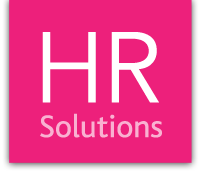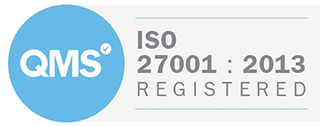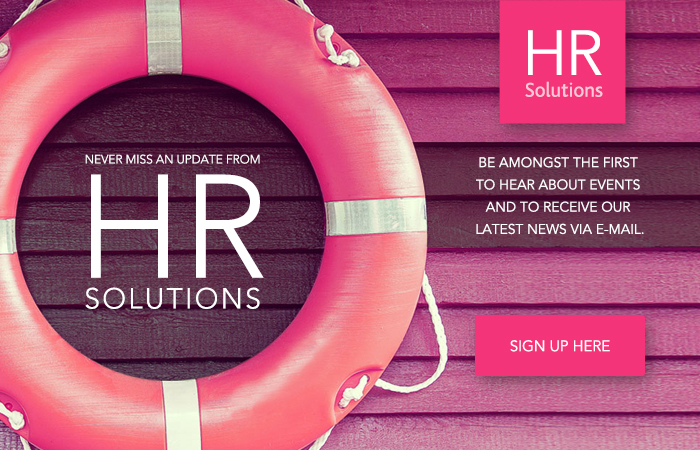
Welfare meetings are generally held with employees who have a health condition, illness or injury which is either having a significant or long-term impact on their performance or attendance.
They most commonly occur when an employee has been on sickness absence for a prolonged period although they may also be valuable for employees who are in work but who are struggling to manage a condition which is having an impact on their capability and may therefore require the support of their employer.
Finally, they can also be used as a way for the employer to ‘check in’ with their employee who may have long term needs and the welfare meeting acts as a supportive review process of any adjustments that may already be in place.
Whilst it may feel intrusive to ask questions regarding an employee’s medical history and state of health, it is reasonable for an employer to need to understand the reasons why their employee’s performance or attendance may not be at the usual required standard, and to understand when (or if) this is likely to return to normal.
Furthermore, employers have an implicit duty of care and are legally required to make reasonable adjustments where appropriate for those who have a disability under the Equality Act 2010. A welfare meeting is an ideal opportunity to ensure these duties are being met when they are needed most.
Approach
Welfare meetings are held with employees who have a health condition, illness or injury which is having a significant impact on their performance or attendance.
Welfare meetings are technically informal. This means that there is no formal outcome (such as a sanction or dismissal) which will arise as a direct result of the meeting.
The conversation should be two-way so that the record of the meeting contains a lot of detail and clarity. Welfare meetings are exploratory and must be supportive in nature.
Aims
The aim of a welfare meeting is to understand the issues that are preventing a return to work, or where the employee is at work, the issues that may be affecting their capability in their role or attendance.
By holding a welfare meeting you are aiming to:
- Gain an in-depth understanding of the cause of the absence, especially if it is work-related.
- Understand what is being done to aid the employee’s recovery.
- Offer any support and assistance which may be available through work, including the use of reasonable adjustments where required.
- Demonstrate the employer has been supportive and acted in line with the inherent duty of care.
- Make the employee feel valued – if an employee feels that their health issues are not noteworthy, it can quickly lessen their commitment to your business.
- Take the opportunity to provide any business news or updates, should the employee wish to be kept up to date. By remaining up to date, this can ultimately help in their eventual return to work.
Who should attend the meeting?
The welfare meeting is usually carried out by the employee’s line manager. They can also be supported by a member of HR.
There is no requirement for a second person to accompany the line manager, but it is recommended especially if there are any contentious issues or if the meeting is being held at the employee’s home.
To be able to consider the employee’s privacy, if there are to be other representatives from the company attending, then it is important to let the employee know beforehand to manage their expectations.
We would recommend setting up the informal welfare meeting by sending a letter setting out the arrangements, including who is to be in attendance.
Preparation
Preparation is important to demonstrate that the matter is being taken seriously. Allow plenty of time for the meeting so that it is not rushed and so that you can ensure that you have got all the answers to your questions.
Location
It is important that your employee is at ease throughout the welfare meeting, and quite often, even though it is an informal meeting, they can feel anxious. Choosing the right location is therefore important for helping the employee:
- The location can be either the workplace, their home, or somewhere neutral, so long as it is mutually agreed.
- It should also be somewhere which will help the employee to feel at ease.
- Ensure the location is accessible, particularly given the employee’s health condition.
- Ensure the location means that the conversation will be private, particularly from fellow colleagues.
- Consider how the meeting room can be made to feel comfortable and informal eg refreshments.
Information
Familiarise yourself with any existing information such as medical certificates, fit notes, medical reports and any other relevant letters.
- Prepare a letter requesting consent for access to a medical report etc. if it is likely this will be needed.
- If adjustments are likely to be discussed in detail, consider any initial checks that could be done which are relevant and may make the conversation more meaningful e.g. bring timetables, calendars, knowledge of busy periods, seating plans, areas with accessibility, details of how equipment can be adapted etc.
Further Information
If you require any support or additional information regarding welfare meetings or would like some general HR advice, please contact us.
We recently discussed the importance of welfare meetings in a live webinar, which you can now watch on-demand here.








